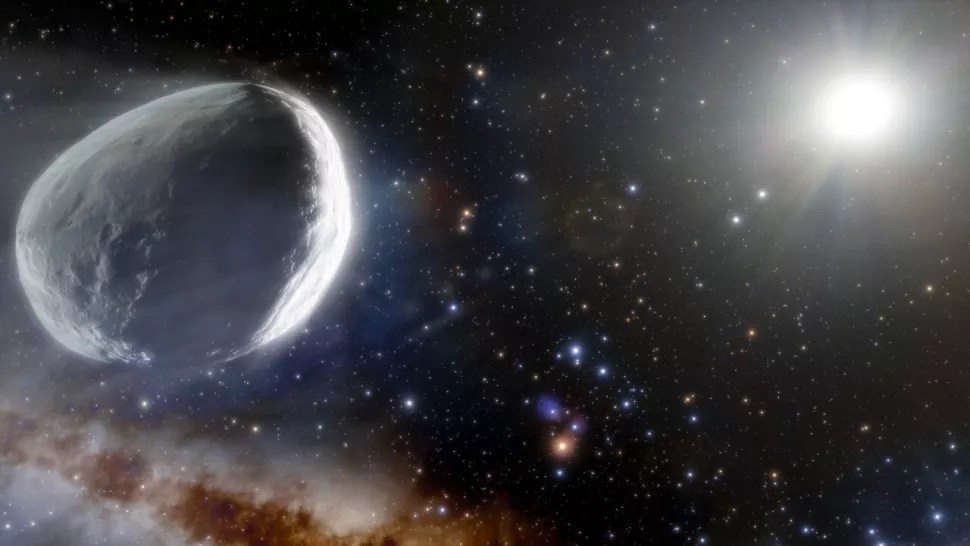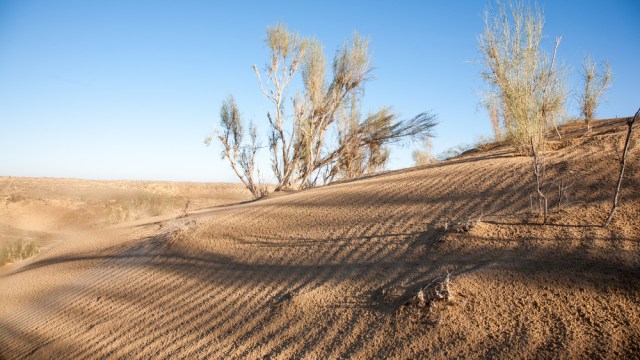This Is (Still) The Asteroid Most Likely To Cause Global Havoc

What’s the Latest Development?
Recent research by NASA Jet Propulsion Laboratory (JPL) scientists on 1950 DA — a 1.1-kilometer-wide asteroid first spotted in 1950 and seen again in 2000 and 2001 — confirms past calculations that of all the asteroids and other near-Earth objects located to date, it’s the one most likely to collide with the Earth in the future. Previous research put the odds at 1 in 300 at the most, which is “a risk 50% greater than that of the average hazard due to all other asteroids from now to then.” The new study applies a law of physics known as the Yarkovsky effect to the asteroid’s trajectory. Its impact risk now measures -0.58 on NASA’s Palermo Scale, which qualifies it for “careful monitoring.”
What’s the Big Idea?
Fortunately the JPL team knows the date of 1950 DA’s possible arrival: March 16, 2880. This gives them plenty of time to figure out ways to divert it if necessary. The key phrase is “if necessary”: Although the asteroid’s orbit has been plotted, several other factors in addition to the Yarkovsky effect could affect a future collision. Combined with the probability risk, the team is fairly confident that humans living 866 years from now won’t need to worry about 1950 DA.
Photo Credit: Shutterstock.com




